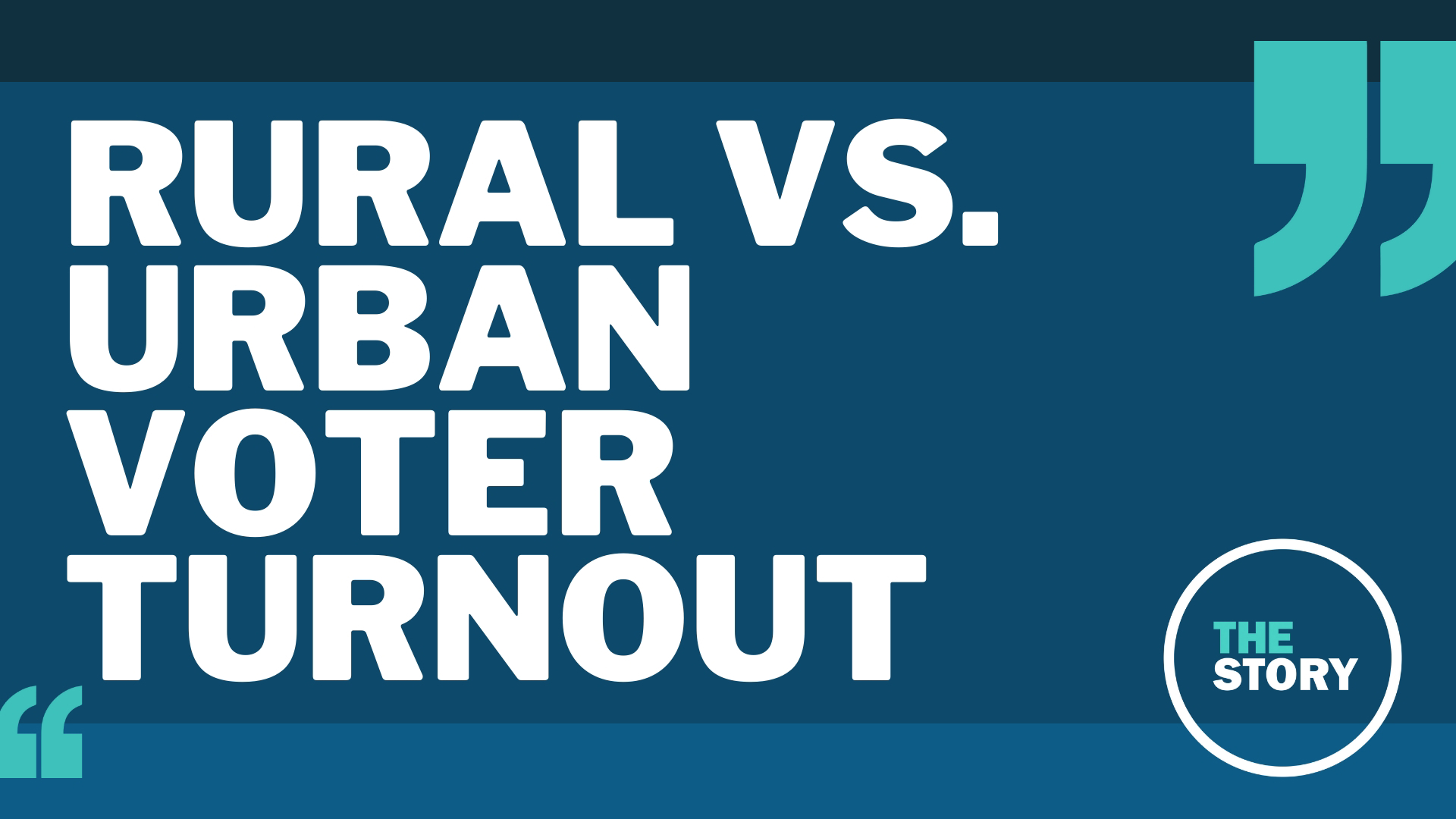OREGON, USA — Voter turnout for Oregon's May primary election has jumped to just over 33% as of Wednesday, with more ballots yet to be counted thanks to the state's new law allowing ballots to be postmarked on election day as well as delays in Clackamas County.
That level of turnout is typical for a primary election in a midterm year; in May 2018, 34% of registered Oregon voters turned in a ballot.
Like many other issues in Oregon, there is an urban-rural divide: voter turnout in Oregon's rural counties tends to be much higher than urban ones.
The top three counties for voter turnout were Grant, Harney and Wheeler Counties; all three counties had turnout over 50%. Meanwhile, Oregon's two largest counties, Multnomah and Washington, saw just over 33% and 34% turnout in this election, respectively.
Of course, Grant, Harney and Wheeler Counties have significantly fewer voters — there are just over 5,000 registered voters in Harney County, for example — but more than half took the time to vote and return their ballot.
Why is turnout higher in rural counties? Harney County Clerk Dag Robinson said people living in rural areas care a lot, but often don't feel heard.
"Historically, Harney County's always had a high turnout, even [before] vote-by-mail. I push voter participation each election and I think that pays off, but I think over the last 35 years there's been an incredible deindustrialization in rural Oregon, and that economic deterioration has led to resentment and even grievance-style politics," said Robinson. "I believe rural Oregon tends to be registered pretty Republican and I've heard over and over this election, they want new direction. I hear every election, rural voters feel unheard in Salem and in Washington D.C. I truly believe that's the reason behind the high turnout. They typically feel unheard in Salem and I think they see this as their way to be heard."
Robinson said officials use social media to talk about voting because they don't have much local news media, and while there are drop boxes located throughout the county, most voters return their ballots in the mail. Despite the narrative that many conservatives don't trust mail-in voting, Robinson said that is not the case in Harney County.
"Folks in rural Oregon have elected their county clerk, and I think they have trust in their own elections office," Robinson explained. "I hear that a lot... 'Well, we trust what you're doing, and we completely understand that it's taken care of correctly here, but we don't know about what it's being done in other states or in other counties across the state. Together, the Oregon Clerks Association has tried really hard to help fight misinformation and disinformation."
Robinson said he has worked hard to make the election process as transparent as possible.
"When we do our public certification, we had a pretty good turnout of folks here to see how that process works, and I did a pretty lengthy demonstration of Oregon's elections process in a small county from start to finish, and it was very well received. I think that helps the more we can get folks to see how accurate and transparent and hard we work to make sure everyone's vote is counted accurately, I think that really pays off as well. That puts a lot of trust into our system."
Wheeler County saw the highest statewide voter turnout percentage at 52%.
"Voters in Wheeler County seem to take their right to vote very seriously. We typically have one of the highest turnouts in the state. It gives me pride to know our citizens care," said Wheeler County Clerk Brenda Snow Potter.

